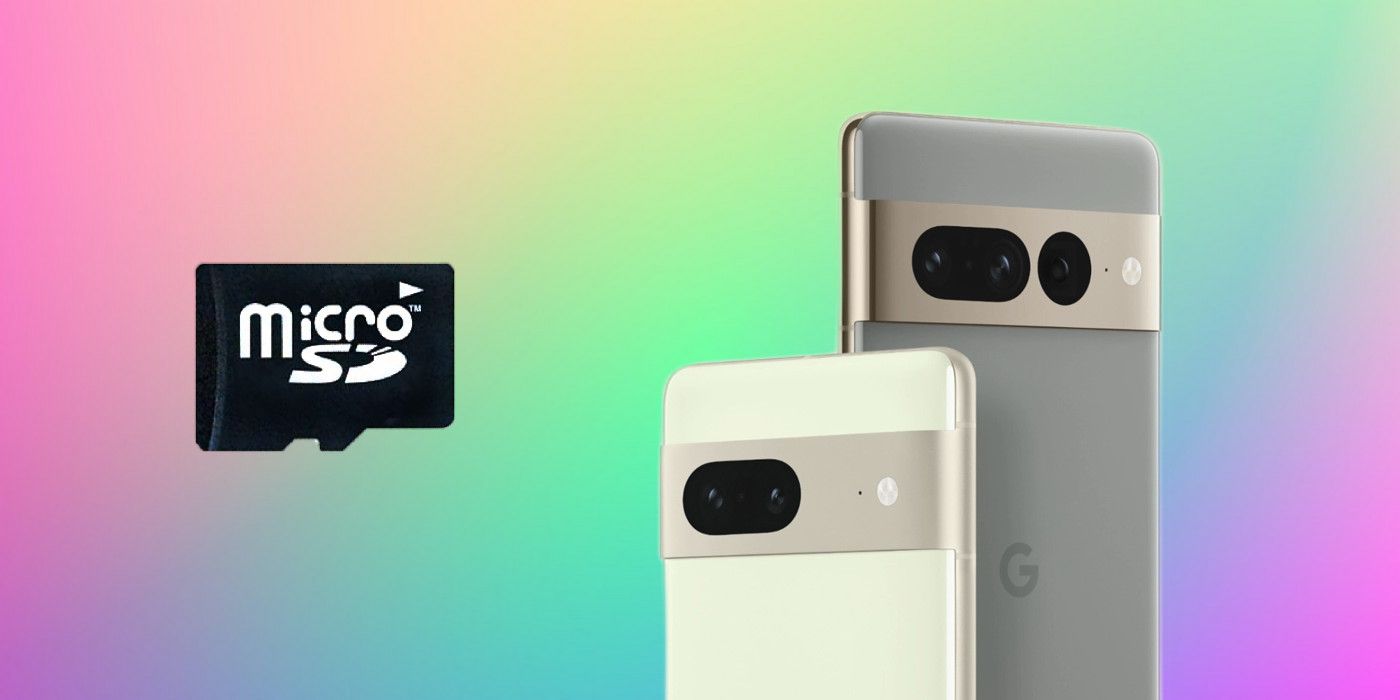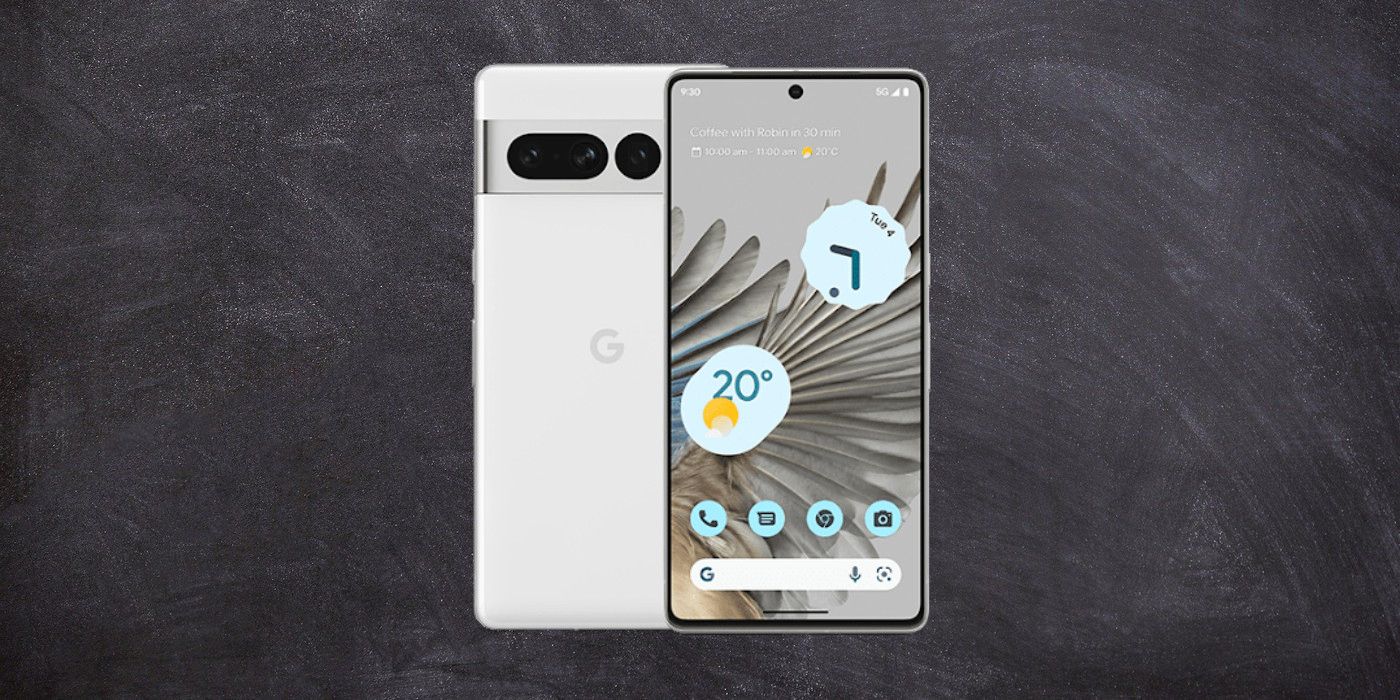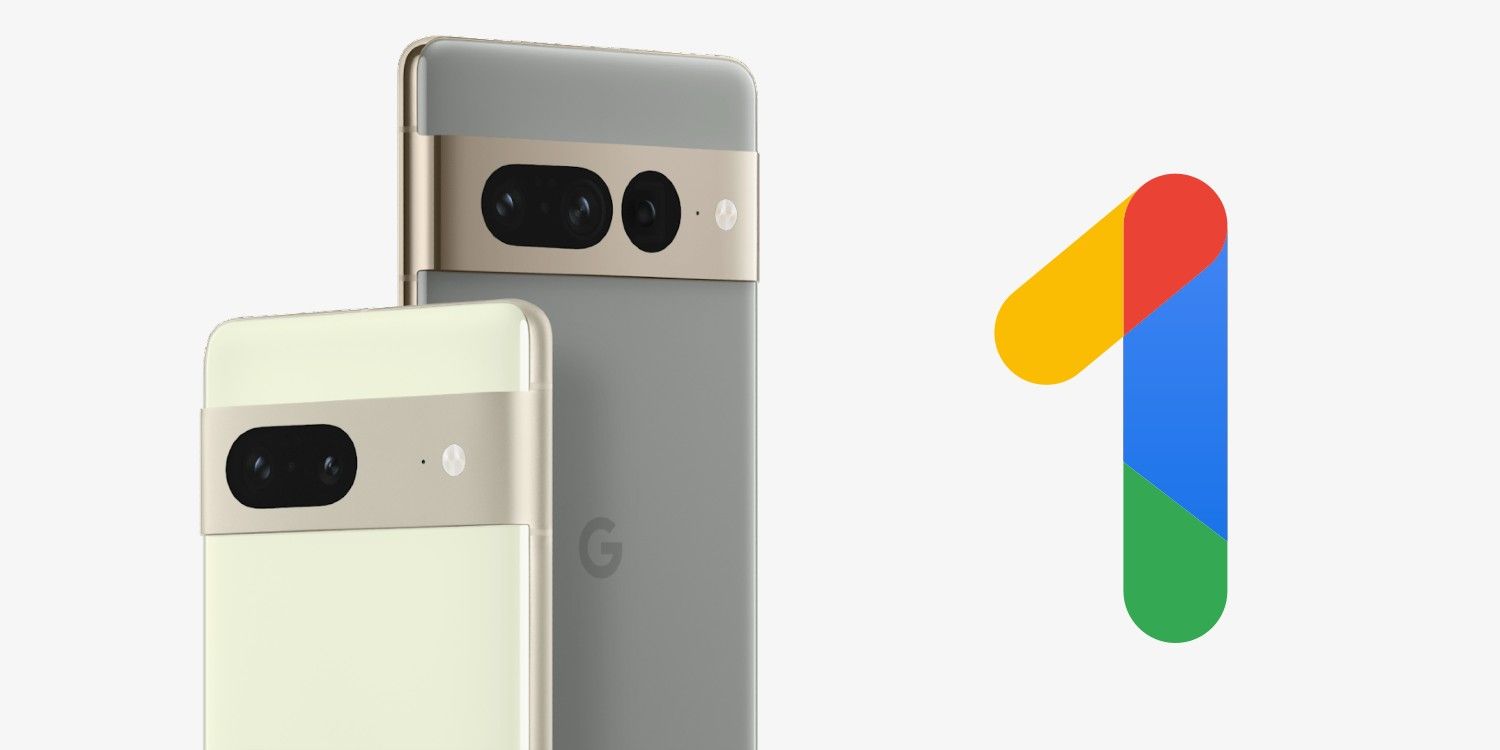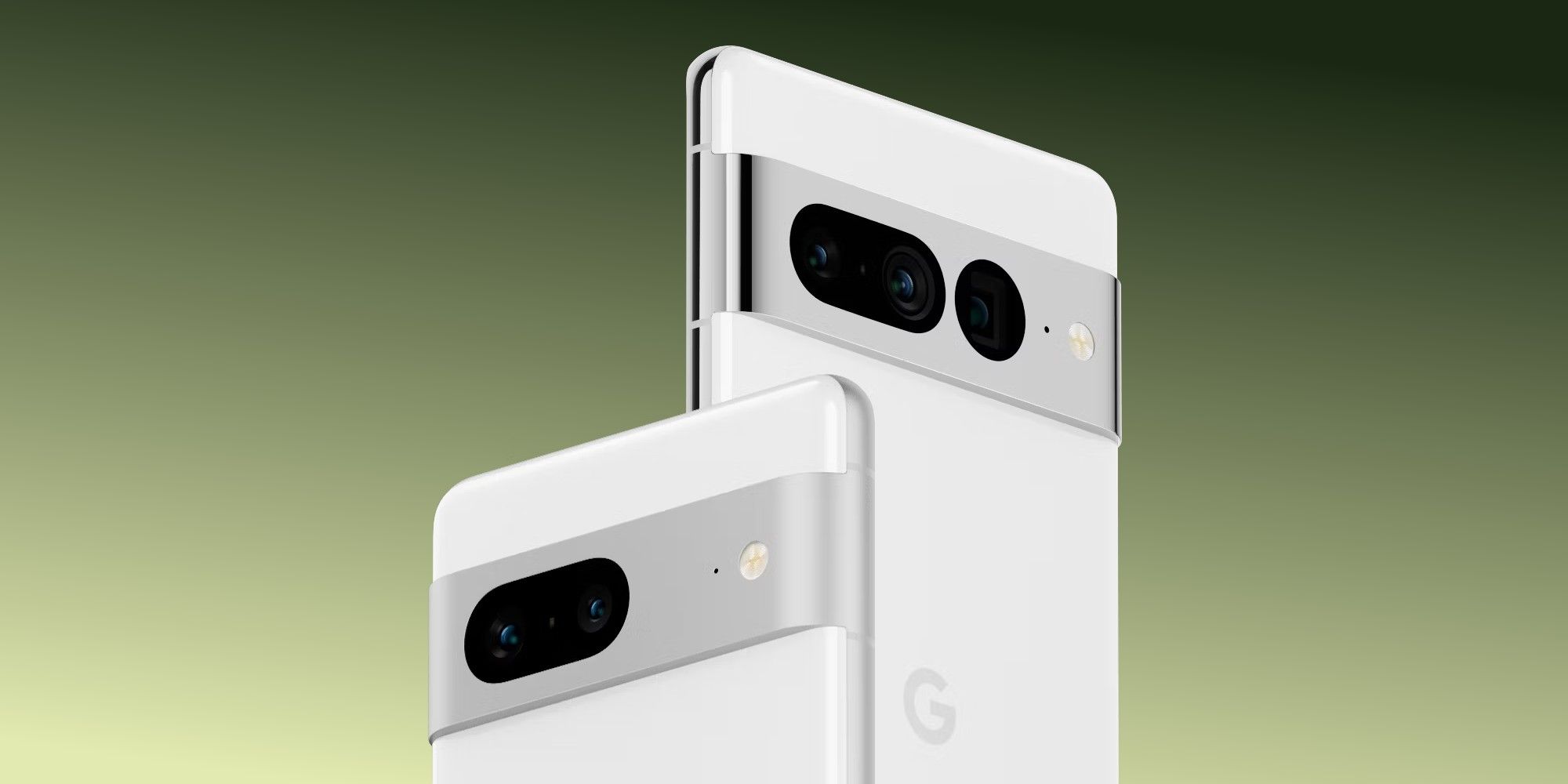The Pixel 7 and 7 Pro are powerful Android smartphones packed with flagship-grade features, but do they have a microSD card slot for storage expansion? Once a popular feature in Android smartphones, microSD slots have become conspicuous by their absence in flagship phones. However, they are still available in many mid-range devices, allowing users to add an external card to increase storage. The feature mostly comes in the form of a hybrid slot, meaning users have to choose between adding a second SIM card or a microSD card, without being able to take advantage of both.
Most flagship smartphones these days do not offer an expansion slot, and the Pixel 7 and Pixel 7 Pro are not exceptions to the rule. Neither device comes with a microSD slot, meaning users are stuck with the amount of built-in storage they get with their device. The base variants of both the Pixel 7 and 7 Pro come with 128GB of storage, but Google also offers 256GB variants of both devices for an additional $100. The Pixel 7 Pro also comes in a 512GB storage variant, but is quite expensive at $1,099.
Choosing The Right Pixel 7 Storage Variant
Unfortunately, the 512GB model is unavailable in most regions outside the U.S., including Europe and India. It's not immediately clear if these markets will get the 512GB option in the future, but the unavailability of this option could be a deal-breaker for power users who require more storage in their phones. Google's decision to skip the 512GB model in so many markets is particularly strange, given how some high-end smartphones, like the Galaxy S23 Ultra, are even offered with 1TB of built-in storage.
It is worth noting that Google has never offered microSD card slots with any of its Pixel devices, so it's not surprising that this year's models don't provide the feature. In addition, while the availability of cloud storage options partly mitigates the need for additional onboard storage, uploading and downloading media and other files is data intensive and can put off some users. Pixel 7 and Pixel 7 Pro buyers will therefore need to carefully choose a storage variant depending on their needs, since there's no option to increase the storage later.
Pixel 7 Cloud Storage Options
Those who can't afford the 512GB Pixel 7 Pro (or even the 256GB versions of either smartphone) will need to rely on cloud storage for all their files. Fortunately, Google offers its own cloud storage, which makes offloading images and videos incredibly easy. Google One storage covers all Google services, which means it includes Gmail, Google Photos, Google Drive, and more. Therefore, Pixel 7 users looking to pick a plan should consider how much extra storage they'll need.
The base plan offers 100GB of storage and costs $1.99/month, while the next plan offers 200GB storage for $2.99 a month. Then there are the higher storage plans, starting with 2TB that costs $9.99/month, 5TB priced at $24.99/month, all the way up to 30TB for $149.99/month. For most users, the 2TB plan should be more than enough for all their storage needs.
Does The Pixel 7 Have A SIM Card Slot?
With the iPhone 14 series getting rid of the SIM tray, Pixel 7 buyers might be wondering if Google's phones are also going eSIM only. The good news is that the Pixel 7 and Pixel 7 Pro both feature a SIM card tray that allows users to insert a physical nano SIM card. Apart from that, both phones also support eSIM, allowing users to make use of the dual SIM feature.
Having a combination of eSIM and dual SIM is ideal for users who have two phone numbers. The primary phone number can be added as an eSIM, while a secondary number, such as a work phone number, can be added as a physical SIM card. It's also particularly useful for international travel, where using a local SIM card helps users avoid hefty roaming fees. Pixel 7 users can pick up a short-term prepaid SIM card from an airport and insert it into their phone, all while keeping their primary number accessible via eSIM.




